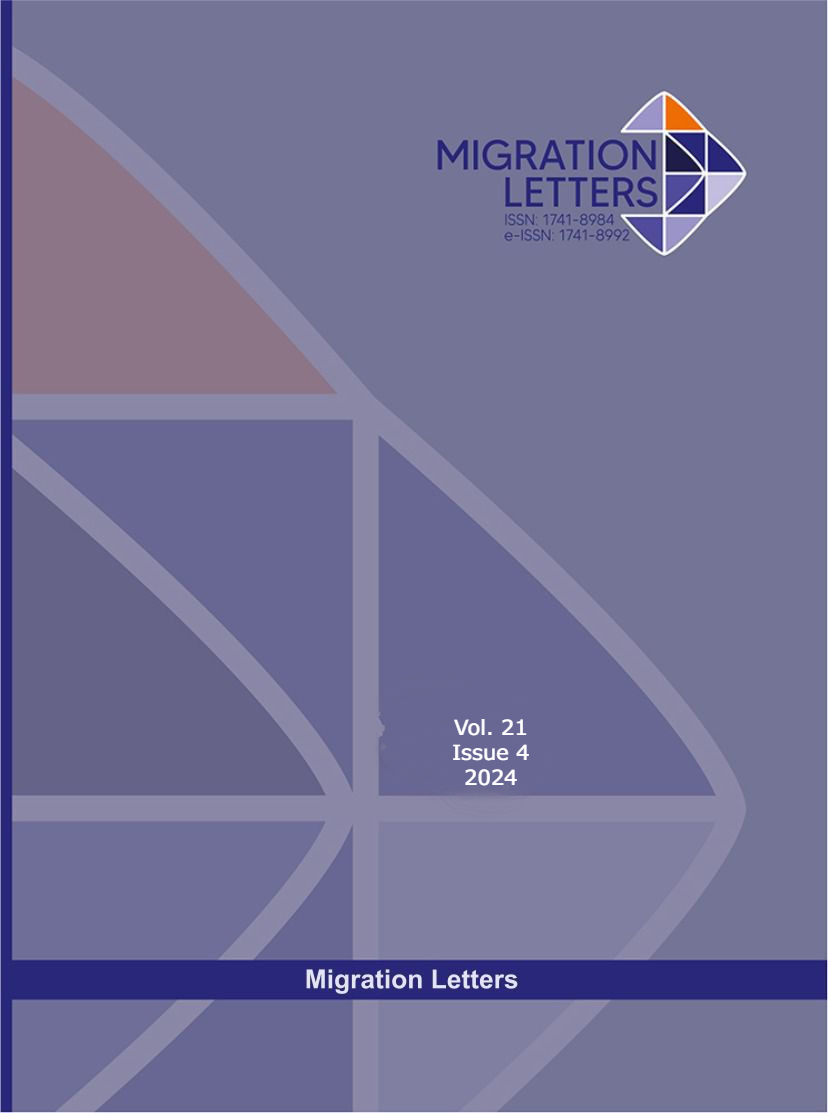Elderly Housing Management Model in Thailand
Abstract
This study aimed to study appropriate elderly housing management policies, analyze the potential of appropriate elderly housing management, and synthesize the appropriate elderly housing management model in Thailand. Qualitative research was employed along with secondary and primary data, including data collection, content analysis, SWOT analysis, TOWS matrix, in-depth interviews with executives and personnel, and some elderly people, and focus group discussions with semi-structured questions for elderly groups or clubs.
The results revealed that elderly housing policies in Thailand were appropriate. All agencies employed the 20-year national strategic plan as the main working policy. The policies mainly prioritize helping low-income and underprivileged groups. As for the structure of the agency that operates elderly housing, a structure was managed to drive policy based on the agency's mission. However, all agencies did not have the primary mission of taking care of the elderly housing directly but a secondary mission of the quality of life of the elderly. When studying the factors influencing the policy implementation by dividing the groups into urban dependency, rural dependency, urban non-dependency, and rural non-dependency, the clarity of the policy was found in rural areas whereas less support and allocation of personnel and budget resources were distributed to all areas with complex management. As for the potential of appropriate elderly housing management, limitations were found in terms of the allocation of resources, budgets, personnel, and materials in all areas (vary in each area). As for regulations for housing management work, limitations were found in the disbursement regulation and the estimated price was less than the current situation. In addition, limitations were found in terms of environment and the community's readiness due to different geography, urban and rural societies, living conditions, population density, the leader's vision, and performance of relevant personnel.
According to the results of this study, the model between the public sector, the private sector, and the community was the most suitable model for Thailand. This is in line with the concepts of Denpaiboon, Limskul, and Chotipanich (2018) and the concepts of Choiejit (2013), indicating that most seniors needed to live in the original residence. This confirms the concept of Leawrungruang (2012). Apart from the promotion of the improvement of original residence for the elderly, the unit and standardization of elderly housing should be increased. This includes elderly communities, elderly care centers, elderly nursing homes, dementia care facilities, elderly palliative care, and elderly communities. The government mainly supported their basic rights while the private sector has a budget, technology, and capital as a complement, and the community plays a role in understanding the real problem of the elderly. If the three sectors work together, it will lead to appropriate and sustainable elderly housing management.
Metrics
Downloads
Published
How to Cite
Issue
Section
License

This work is licensed under a Creative Commons Attribution-NonCommercial-NoDerivatives 4.0 International License.
CC Attribution-NonCommercial-NoDerivatives 4.0






